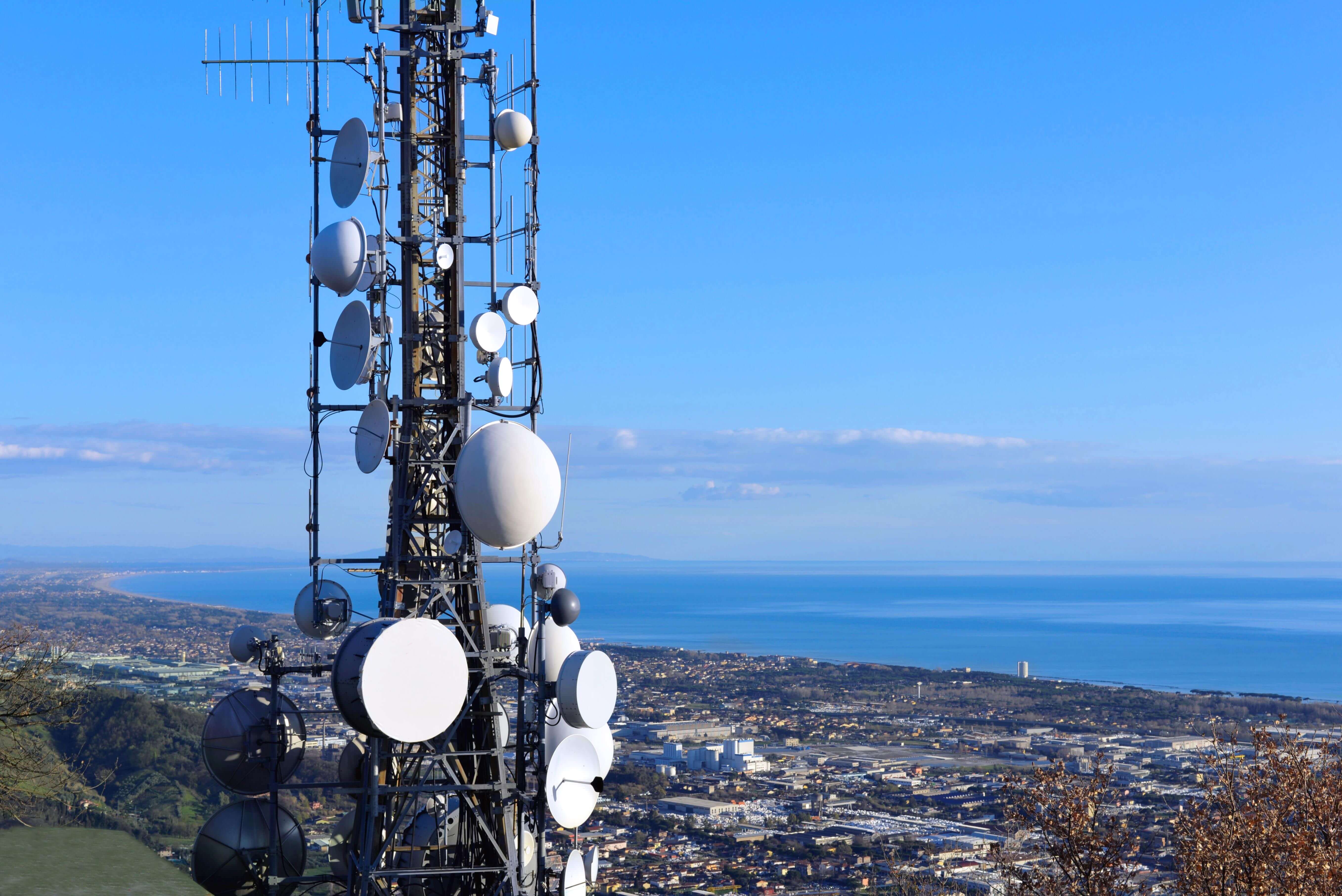If you've ever wandered through a town you might have noticed tiny cell towers for 5G on street light poles. They look like small boxes, but they're actually broadcasting wireless signals from cellular providers to your phone.
They are replacing the larger specially-designed cell towers. While they're not as noticeable however, they could cause problems for people.
The FCC's Radiation Exposure Thresholds
The FCC's Radiation Exposure Thresholds determine the maximum amount of time a person can be exposed to electromagnetic radiation from wireless devices. The limits for exposure are based on scientific data which show that the energy of RF could be harmful to human health.
The specific absorption rate (SAR) is a measure of the amount of radiofrequency energy absorption by tissues. what is a safe distance from a 5g cell tower is typically 1.6 milliwatts per kilogram spread over a gram of tissue.
But, since Home page operates at higher frequencies and has the potential to create more energy on the skin and other directly-exposed body areas. This can lead to various potential harms, including exacerbated development of skin diseases like dermatitis, cancer of the skin and cataracts.
Due to the potential for negative effects of 5G radiation, PSU has chosen to establish a general, localized limits on power density, which is 4mW/cm2 averaged across 1 centimeter, and never to exceed 30 minutes for all 5G services running at 3000 GHz. This localized limit is in accordance with the peak SAR that is spatially averaged at 1.6 W/kg averaged over 1 g of tissue at 6 GHz.
The FCC's Maximum Exposure Thresholds
If you've ever used a cell phone, then you've probably realized that the safest distance from the tower should be at least 400 meters. This is because the transmitting power of cell towers increases drastically the farther you are from it.

While it sounds like something that's good but the truth is that people who live close to towers may actually be more prone to health issues. For example, a study from 2014 in India discovered that people living within 50 meters from cell towers suffered much more health problems than those who lived farther away from the antennas.
But, the study showed that residents who moved to areas that were further from the cell towers saw their symptoms return to normal within a couple of days. what is a safe distance from a cell tower have shown that exposure to high frequencies of radiofrequency electromagnetic fields (EMFs) can lead to brain tumors, cancers as well as other health issues.
This is because radiofrequency radiation, used in wireless communication, can be absorbed by the body's outer layer, called the skin. It is crucial to know since the skin functions as a barrier to protect against injuries caused by mechanical forces, infections from pathogenic microorganisms, as well as entry of toxic substances. Additionally, it is the biggest organ in the human body, and is accountable for maintaining the integrity of other organs.
The FCC's Minimum Exposure Thresholds
The FCC's Minimum Exposure Thresholds rely on various assumptions that aren't supported by scientific evidence. These include the erroneous belief that short-term exposures RF radiation is safe because of the minimal absorption into body (i.e., tissue heating).
The assumption also ignores the deeper penetration of the ELF elements of modulated radio signals, as well as the effect on the body of short bursts from pulsed RF waves. These theories are not compatible with the current understanding of biological effects of RF radiation, and thus, they should not be used for health protective exposure standards.
In addition there is the fact that both ICNIRP and FCC limit its maximum levels of radiation exposure for local peak SARs based on the peak spatial specific absorption rate (psSAR) that is not a sufficient dosimetric tool for determining the level of exposure to RF radiation. In particular the psSAR tool is not accurate when frequencies exceed 6 GHz. Additionally, psSAR hasn't been evaluated for RF radiation exposed to other agents of the environment such like sunlight. Interactions of RF radiations with different environmental agents could cause synergistic or antagonistic impacts. This could result in the risk of having adverse health adverse effects. For example, co-exposure to RF radiation and sunlight could raise the chance of developing skin cancer and exacerbate other skin diseases such as acne.
